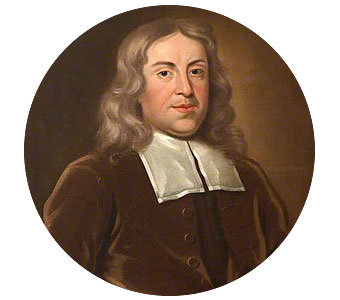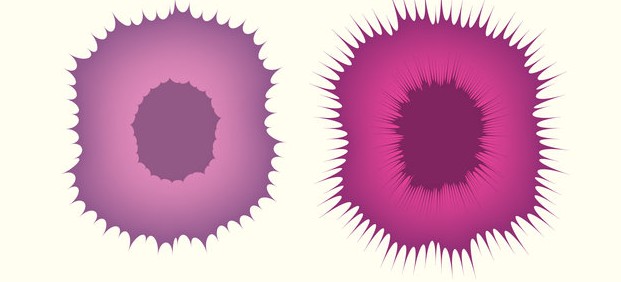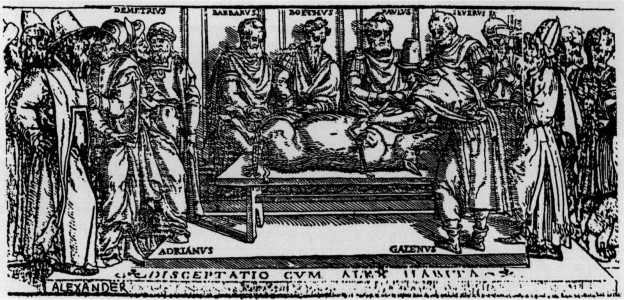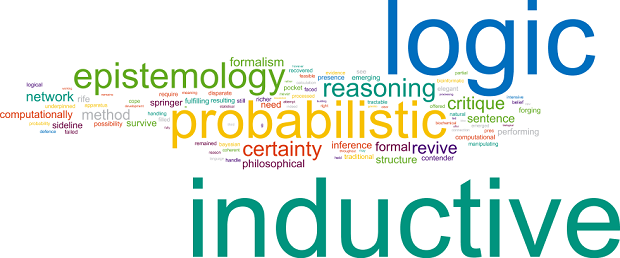One theory is that physicians gave too much credence to hypothesised mechanisms for which there was little or no evidence. If so, the problem was one of method: too little time spent obtaining solid evidence of mechanisms and too little inclination to properly evaluate the evidence that was available.




